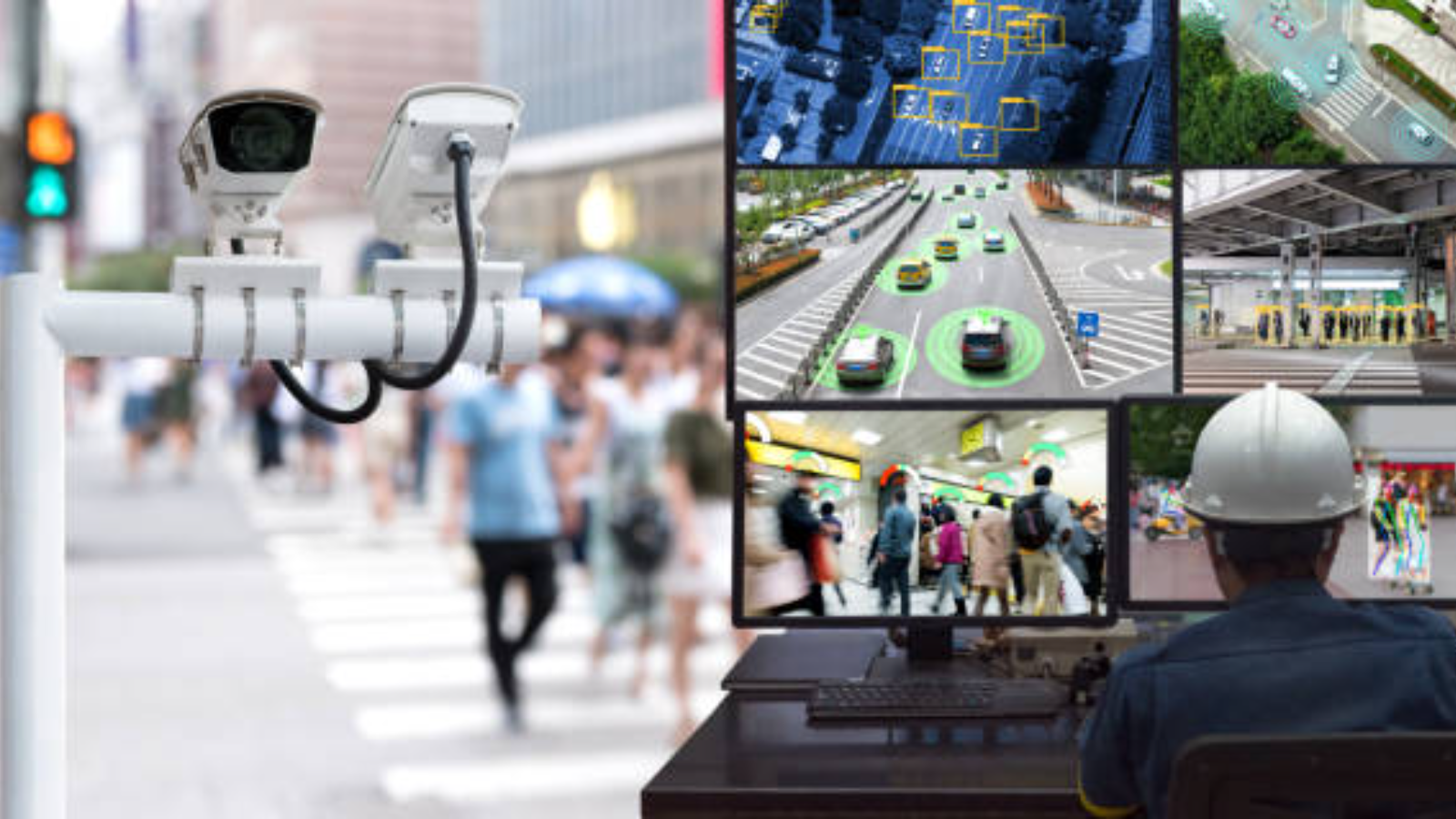In this Article
Introduction
As urbanization accelerates, cities worldwide are increasingly adopting the principles of smart cities to address the multifaceted challenges of modern urban living. But what smart cities stand for extends beyond the mere deployment of advanced technologies; it encompasses creating sustainable, connected, and citizen-centric urban environments.
This article explores the top three concepts that define smart cities, providing real-world examples and insights into how these principles can transform urban life for the better.
By understanding these core ideas, we can appreciate how cities can evolve to meet the demands of the future.
What Smart Cities Stand For Top 3 Examples
1. Sustainability and Environmental Stewardship
Sustainability is a fundamental pillar of smart cities, aiming to minimize environmental impact while promoting eco-friendly practices.
- Energy Efficiency: Reykjavik, Iceland, is a leading example of a city that has embraced renewable energy. The city relies almost entirely on geothermal and hydroelectric power, significantly reducing its carbon footprint. Smart grids and energy-efficient buildings are also integral to this approach, helping to optimize energy consumption and reduce waste. Reykjavik’s commitment to renewable energy not only reduces greenhouse gas emissions but also provides a model for other cities aiming for energy independence and sustainability.
- Waste Management: San Francisco, USA, is renowned for its innovative waste management strategies. The city’s zero-waste initiative aims to divert all waste from landfills by 2020. Smart waste bins equipped with sensors help optimize collection routes, reducing fuel consumption and emissions, and contributing to a cleaner environment. This approach not only minimizes waste but also promotes recycling and composting, turning waste into valuable resources.
- Green Spaces: Singapore exemplifies the integration of green spaces into urban planning. The city’s “Garden City” vision includes extensive parklands, green roofs, and vertical gardens, which enhance air quality, provide recreational areas, and promote biodiversity. By incorporating nature into the urban environment, Singapore creates a healthier and more pleasant living space for its residents, while also mitigating the urban heat island effect.
2. Connectivity and Data-Driven Decision Making
Connectivity and the effective use of data are crucial to what smart cities stand for. These cities leverage technology to collect, analyze, and utilize data for better decision-making and enhanced public services.
- IoT and Sensors: Barcelona, Spain, is a pioneer in using IoT and sensors to gather real-time data. The city employs a network of sensors to monitor everything from traffic and air quality to noise levels. This data is used to optimize city services and improve residents’ quality of life. For example, smart parking solutions in Barcelona reduce the time drivers spend searching for parking, thereby decreasing traffic congestion and emissions.
- Smart Infrastructure: Amsterdam, Netherlands, has implemented smart infrastructure to manage traffic and reduce congestion. Smart traffic lights adjust their timings based on real-time traffic data, improving flow and reducing travel times. Additionally, Amsterdam’s smart lighting system dims or brightens streetlights based on pedestrian activity, enhancing safety while conserving energy.
- Data Analytics: New York City, USA, uses advanced data analytics to enhance public safety and city services. The city’s data-driven approach enables predictive analytics, helping to anticipate and mitigate potential issues like crime hotspots or infrastructure failures. By leveraging big data, New York can make informed decisions that improve urban living conditions and resource allocation.
3. Citizen Engagement and Quality of Life
A smart city is not just about technology; it’s also about improving the quality of life for its residents. Citizen engagement and inclusive services are crucial to this concept.
- Digital Platforms: Seoul, South Korea, provides digital platforms for residents to access services, report issues, and participate in decision-making processes. The “mVoting” platform allows citizens to vote on local issues, fostering a sense of community and ensuring that residents’ needs are met. This engagement platform also promotes transparency and accountability in governance.
- Public Safety: London, United Kingdom, has enhanced public safety through AI-powered surveillance systems and smart street lighting. These technologies help to create a safer environment for residents and visitors alike. London’s use of real-time data to monitor and respond to incidents ensures a proactive approach to public safety.
- Healthcare and Education: Stockholm, Sweden, leverages technology to improve healthcare and education services. Telemedicine and smart classrooms ensure that residents have access to essential services, regardless of their location. By integrating technology into these critical sectors, Stockholm enhances the overall quality of life and ensures that all citizens have equal opportunities.
Conclusion
Smart cities represent the future of urban living, embodying principles of sustainability, connectivity, and citizen engagement. By focusing on these core concepts, illustrated through real-world examples, cities can create environments that are not only technologically advanced but also inclusive and sustainable. Understanding what smart cities stand for is essential for anyone involved in urban planning, policy-making, or community development.
How Can We Help?
At AlphaX, we are dedicated to helping cities overcome the challenges associated with becoming smart cities. Our comprehensive ecosystem integrates advanced technologies to enhance infrastructure, sustainability, and citizen engagement. Explore how AlphaX can help your city become smarter and more sustainable. Visit our contact page.
References
Related Blog Posts
How Smart Cities Connect: Getting Started with Edge AI and IoT Technology
How to Get Started with Edge AI and IoT Technologies in Smart Cities: Overcoming Integration Challenges In recent years, the concept of smart cities has evolved from a futuristic Read More
5 Step Strategy: Ensuring Security and Privacy in 15-Minute Smart Cities
Introduction Ensuring security and privacy in 15-minute smart cities is a critical challenge as urban areas become increasingly connected through IoT and edge AI technologies. These cities aim to Read More
What is a smart city and the challenge of legacy systems
How to Get Started with Integrating Legacy Systems in Smart Cities Smart cities are transforming urban landscapes by leveraging technology to improve the quality of life for residents. However, Read More




